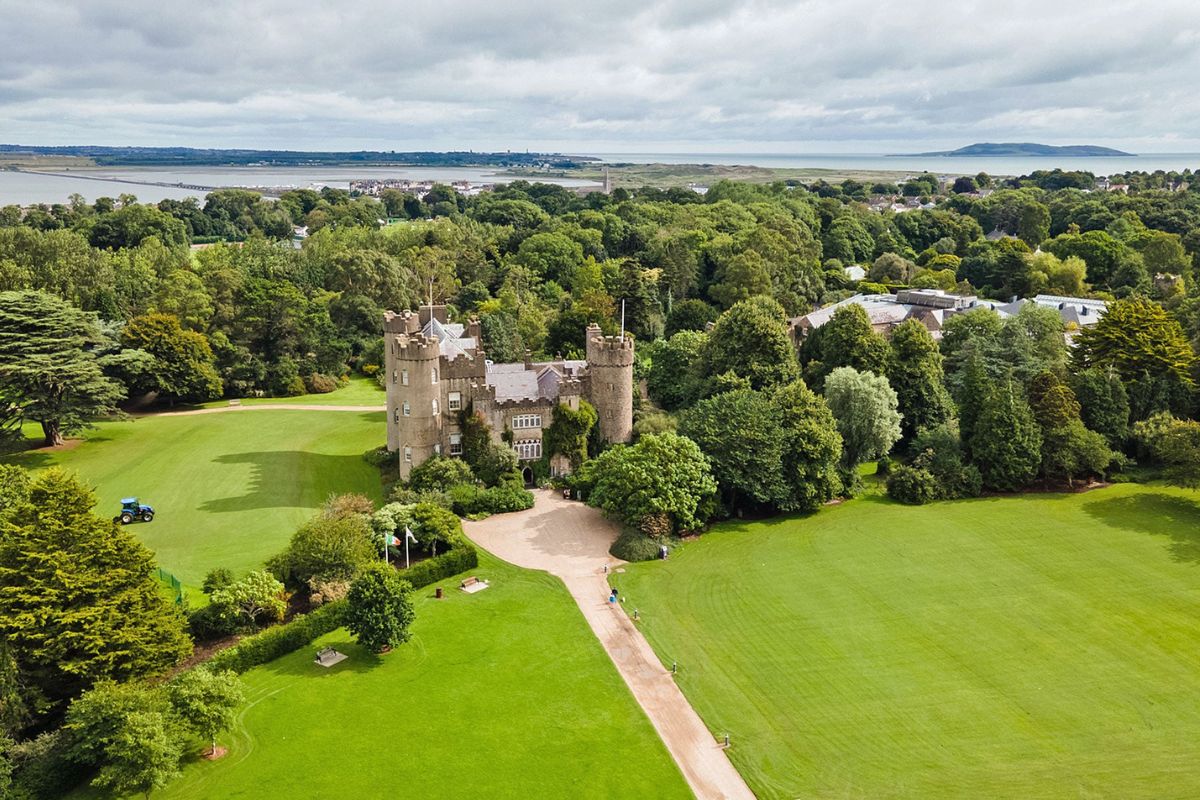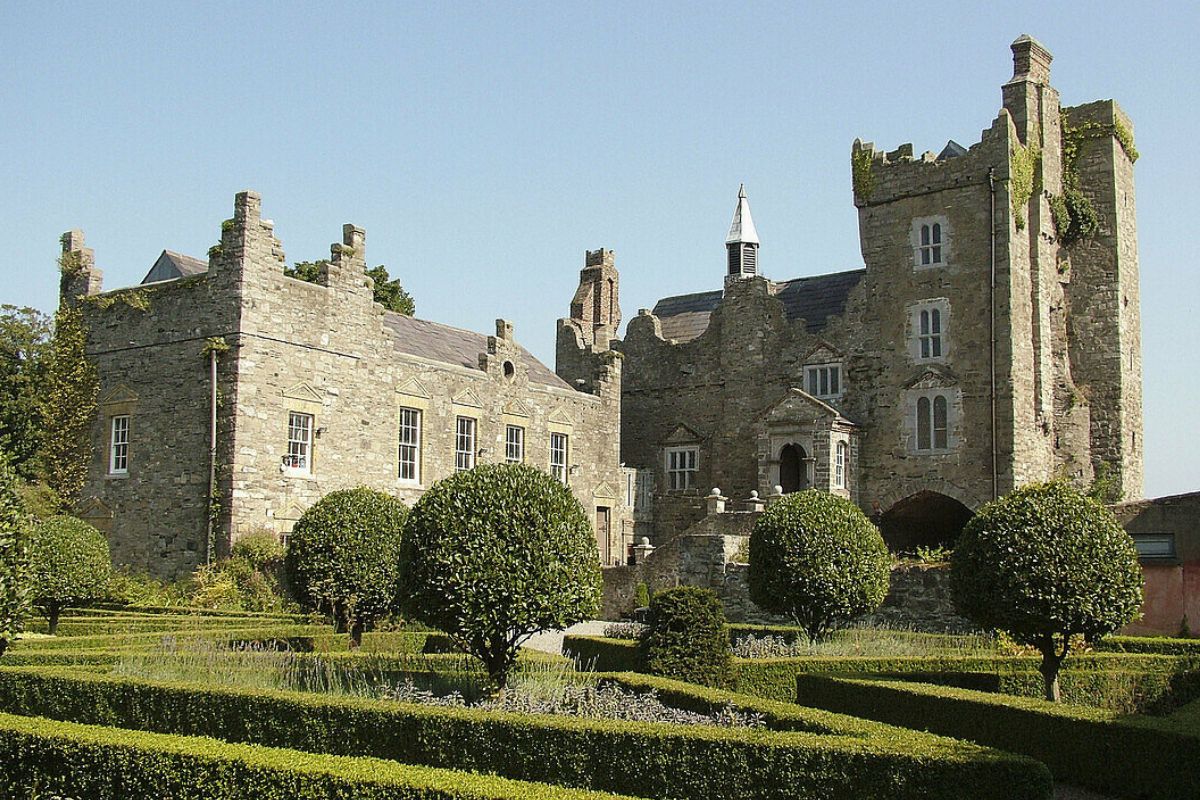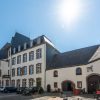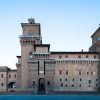Drimnagh Castle
Drimnagh Castle stands as a remarkable Norman stronghold in South Dublin. It is unique for having a full, water-filled moat still intact—a rarity in Ireland. The castle originated in the early 13th century when King John granted lands to the de Berneval (later Barnewall) family in 1215. You can experience a sense of history when you walk its grounds. The castle today serves as a cultural gem, offering tours, events, and a glimpse of medieval life revived in a modern setting.
Location of Drimnagh Castle
Drimnagh Castle is situated in the suburb of Drimnagh in Dublin 12, nestled between Walkinstown, Crumlin, and Inchicore. You’ll find it on Long Mile Road, close to walking and transport routes in the city. Public access is convenient: you can reach the site by Dublin Bus or the Luas tram—particularly via the Bluebell stop on the Red Line. The castle stands out amid 21st-century suburbia, its medieval walls offering a dramatic contrast to the surrounding modern neighbourhood. It is easily accessible from the city centre, a short journey that rewards you with a journey back in time.

History of Drimnagh Castle
The origins of Drimnagh Castle date to the grant of lands to Sir Hugh de Berneval in 1215 under King John. The initial structure was likely wooden, later replaced by stone around 1280. The moat, fed by the Bluebell stream, was dug as an early defensive feature.
The Barnewall family, descended from de Berneval and sometimes known as Barnwall, occupied the castle for over four centuries. They were important figures in medieval Ireland, serving in high offices and supporting local defenses. The extant castle structures—the great hall and the tower—date from the early 15th century and the 16th or 17th century, respectively.
In the early 17th century, during a tense political climate, the castle’s defenses were reinforced by the Duke of Ormond before the Battle of Rathmines. Ownership changed in 1607 when heiress Elizabeth Barnewall sold the property to Sir Adam Loftus of Rathfarnham. The castle later passed through the hands of Cromwell’s forces under Phillip Ferneley. By the mid-19th century, the Marquess of Lansdowne owned it and described it as an “irregular pile” occupied at that time by Mr. E. Cavanagh.
In the early 20th century, Joseph Hatch, a Dublin dairy merchant and city councillor, purchased the property to provide grazing land for his cattle. He restored portions of the castle and used it as a family summer home—celebrating seasonal events such as his and his wife’s silver wedding anniversary and his daughter’s marriage there. The Hatch family continued to live there until the mid-1950s. Louis Hatch bequeathed the castle to Bishop P. Dunne, who sold it to the Christian Brothers for school use; they relocated to new buildings in 1956.
The castle reopened to the public in 1991 and continues to welcome visitors, while restoration efforts carried on into the 1990s.

Current status
Today, Drimnagh Castle functions as both a heritage site and vibrant venue. Guided tours—available by pre-booking—take you through the restored great hall, medieval undercroft, battlement tower, lookout turrets, and the formal parterre garden that recalls 17th-century design. Tours run on the hour and last roughly one to one and a half hours.
The castle is also a popular venue for private events. You can hire it for weddings, presentations, company launches, photo shoots, or even film locations—The Tudors and Ella Enchanted are among productions that used it. In addition, the castle offers courses such as dry stone walling, blending history with active learning. Legend adds another layer to your visit: the ghost of Eleanor Barnwell, a 16th-century young woman said to haunt the castle, mourning her lost love in tragic tales that feed the castle’s atmospheric appeal.
Recent tourism studies have elevated Drimnagh Castle’s profile, naming it the most popular “hidden gem” in Ireland—and even worldwide—based on Tripadvisor reviews that mention that phrase. It remains one of Ireland’s most authentic medieval experiences, hidden amid urban surroundings, yet rich in history and charm.
Admission
Community features
Castle features
Video
Location
Official website
Featured listings














